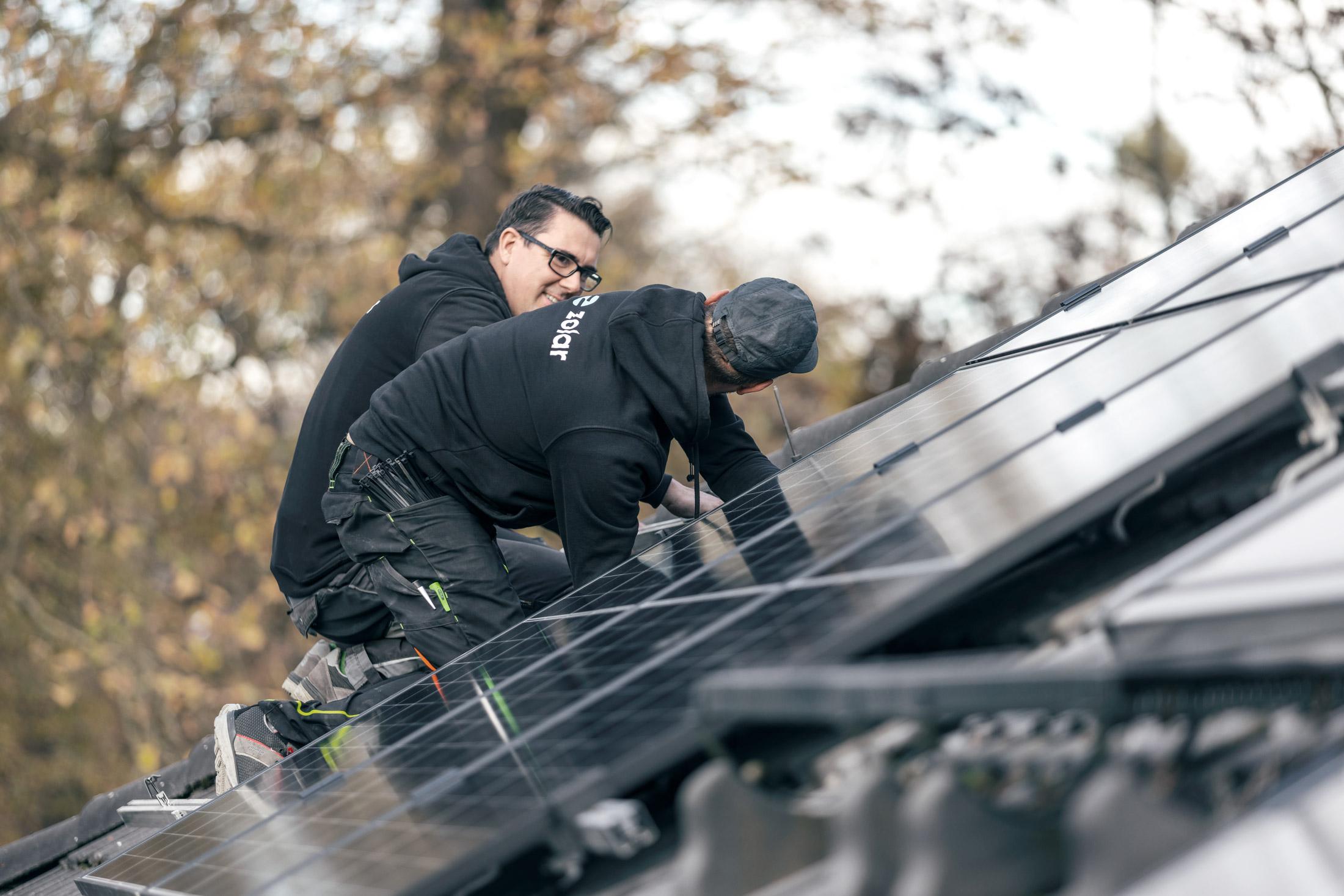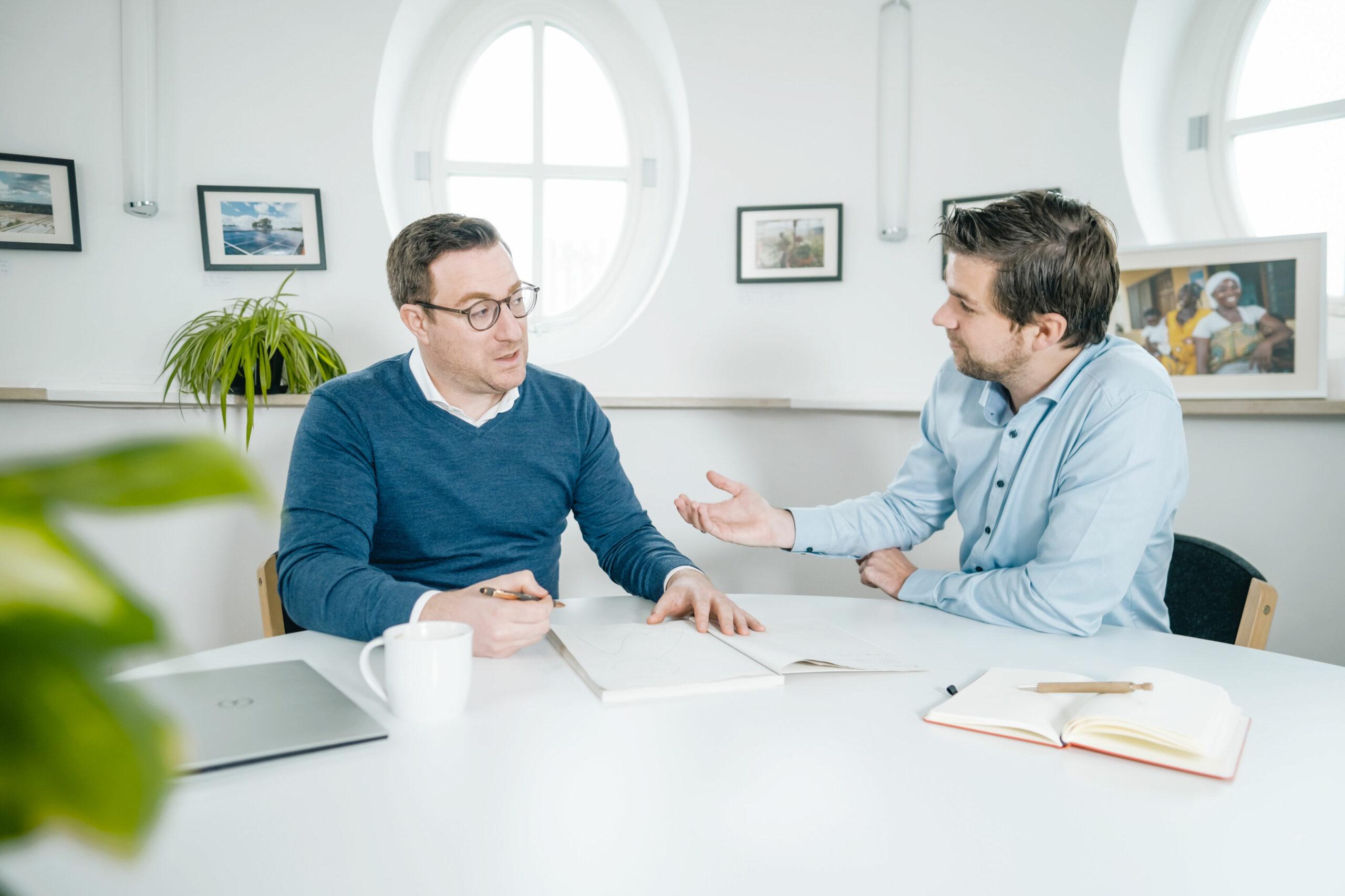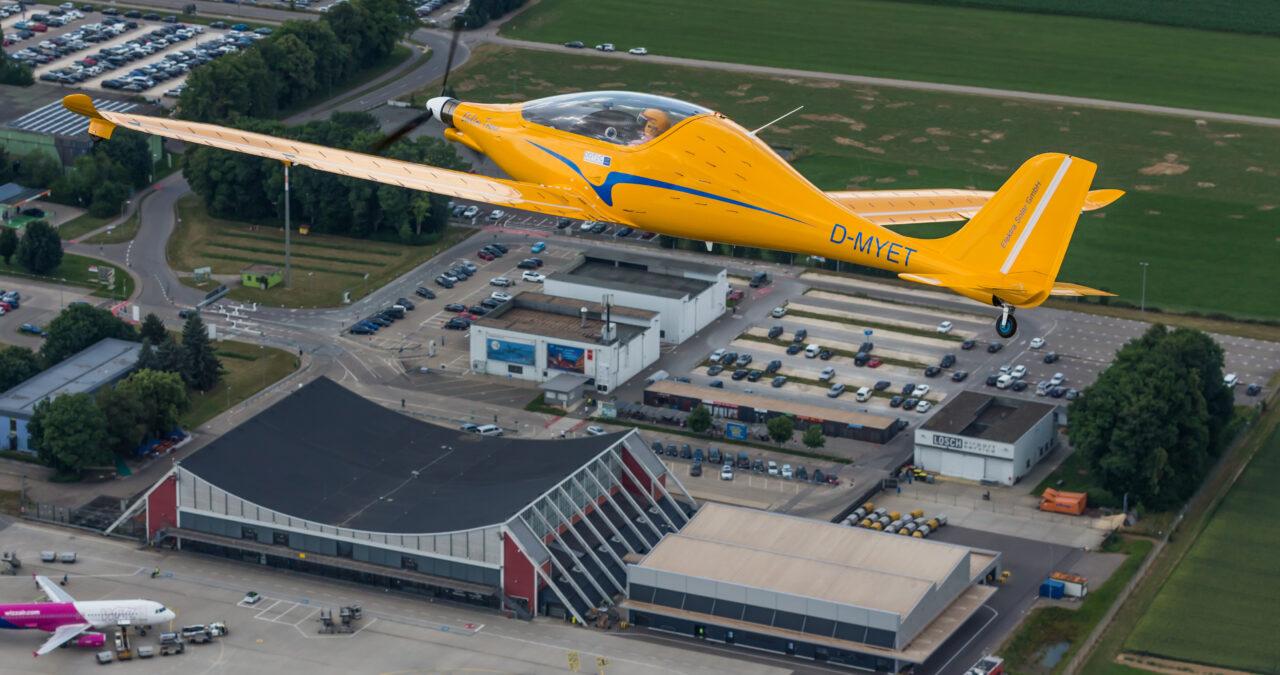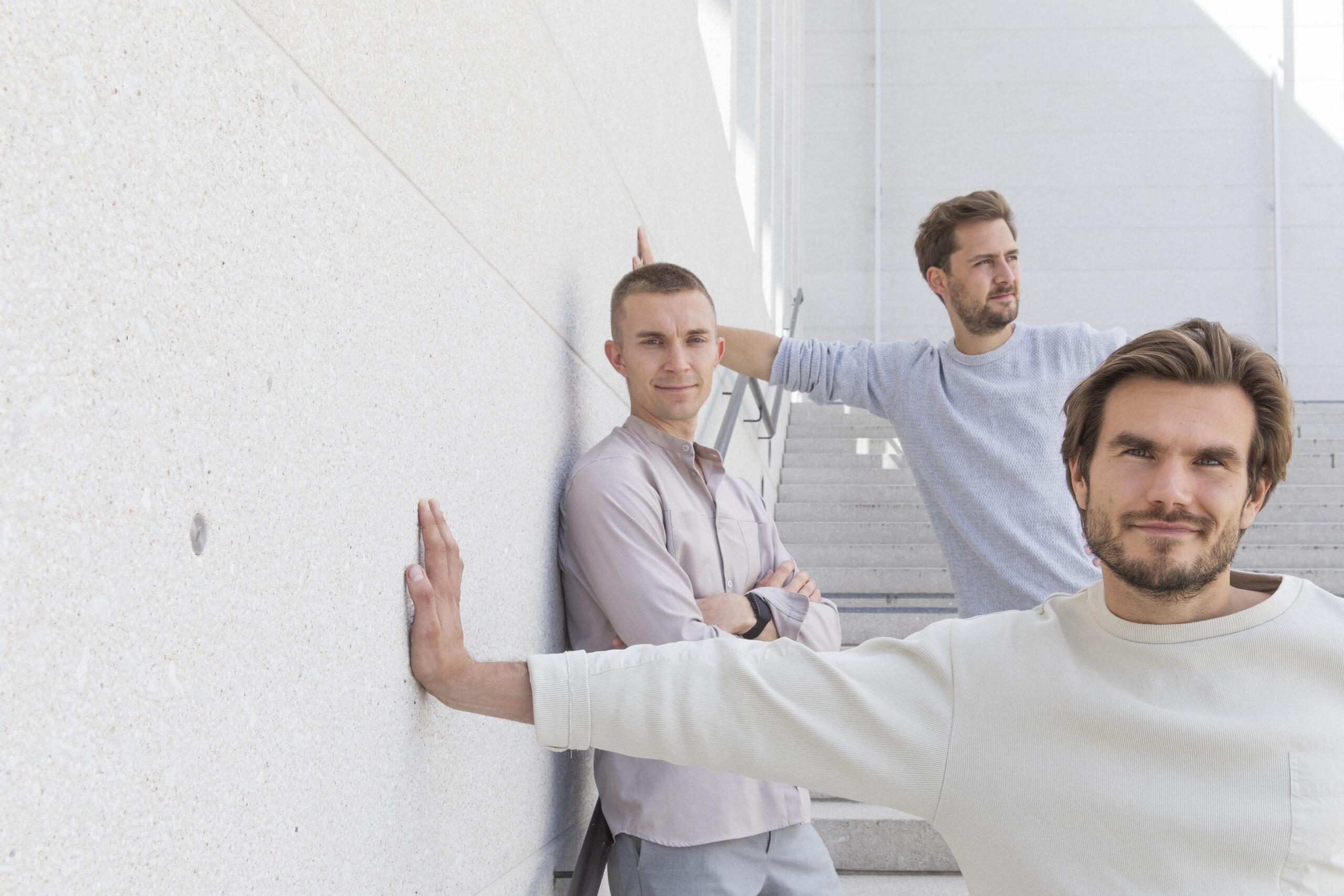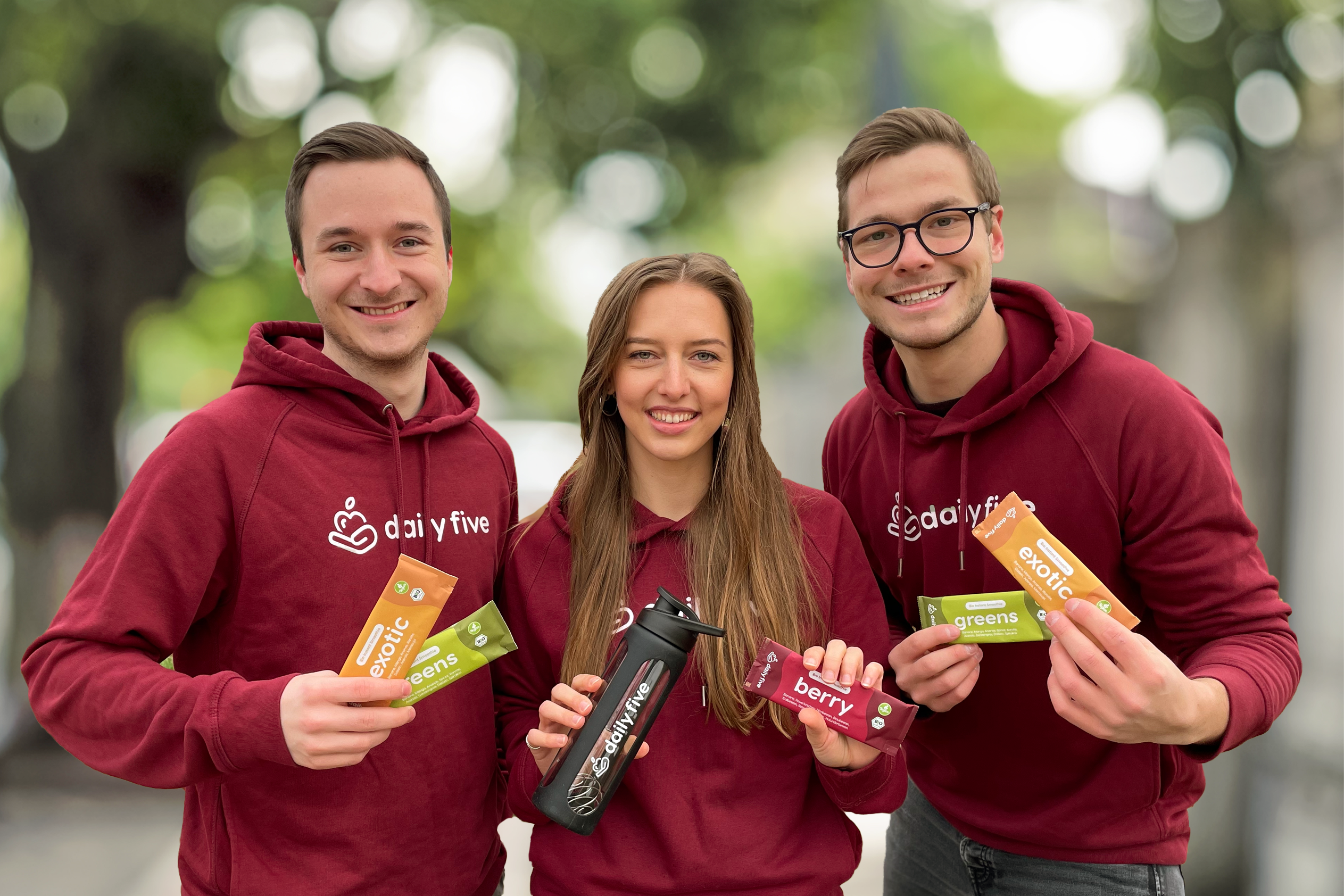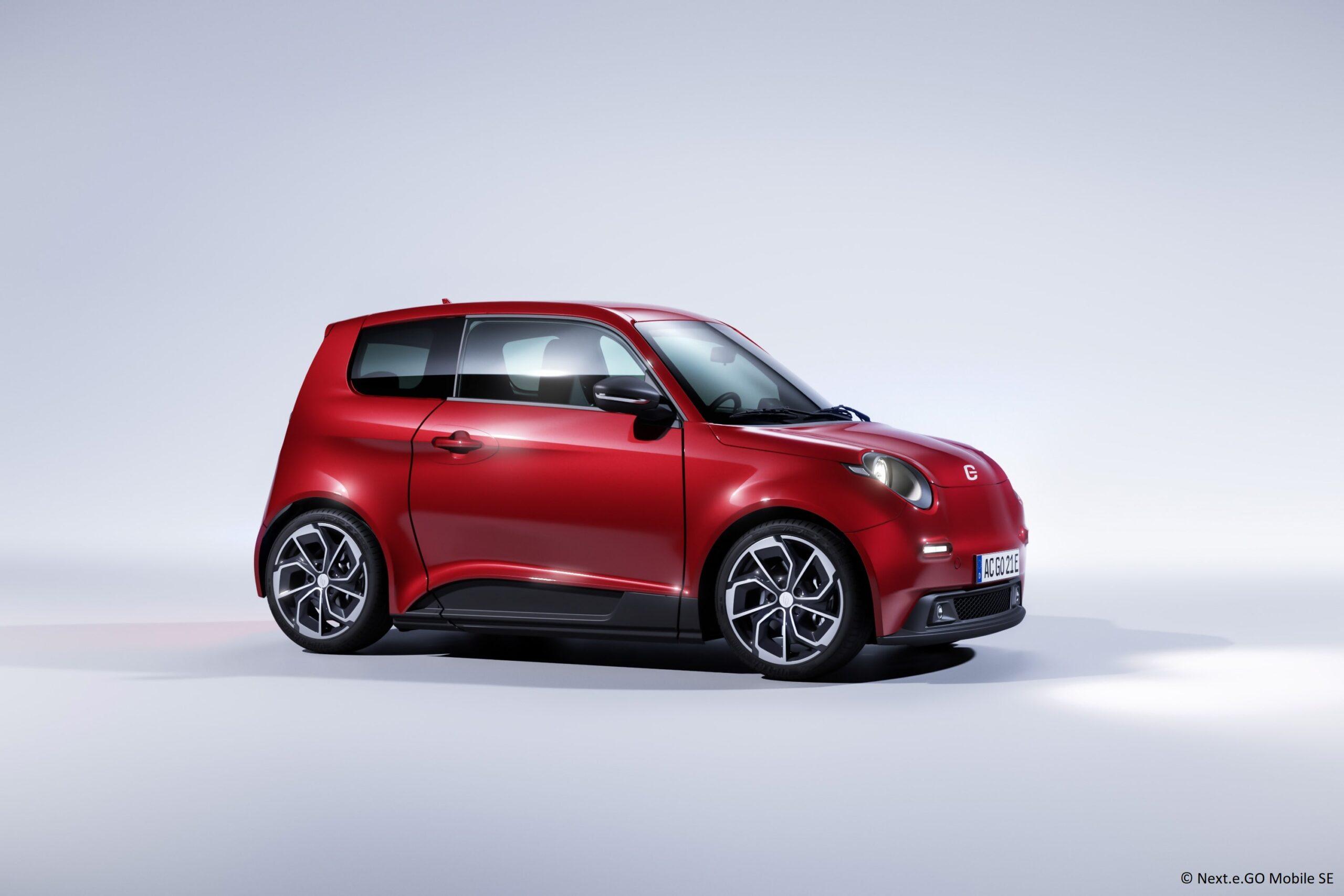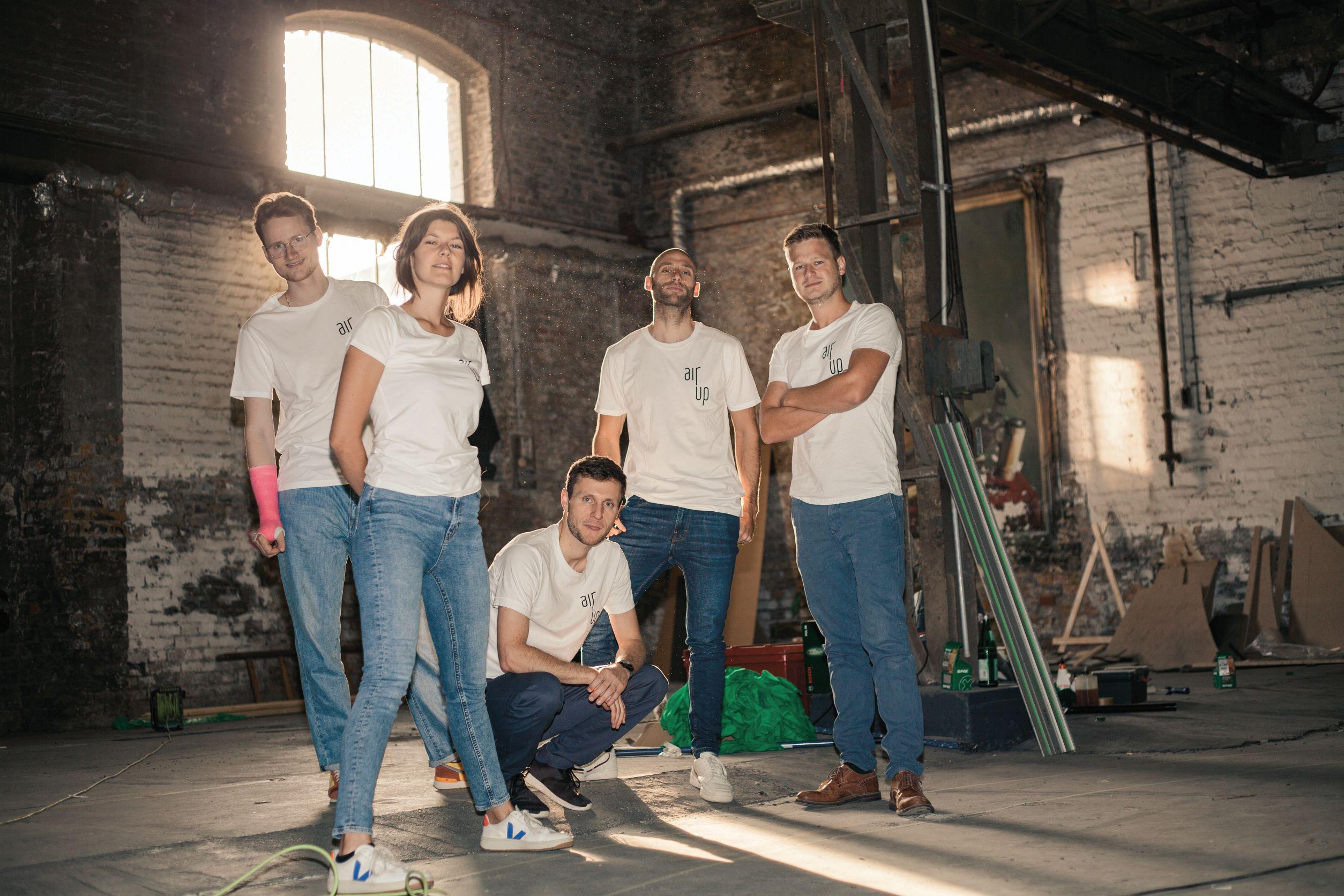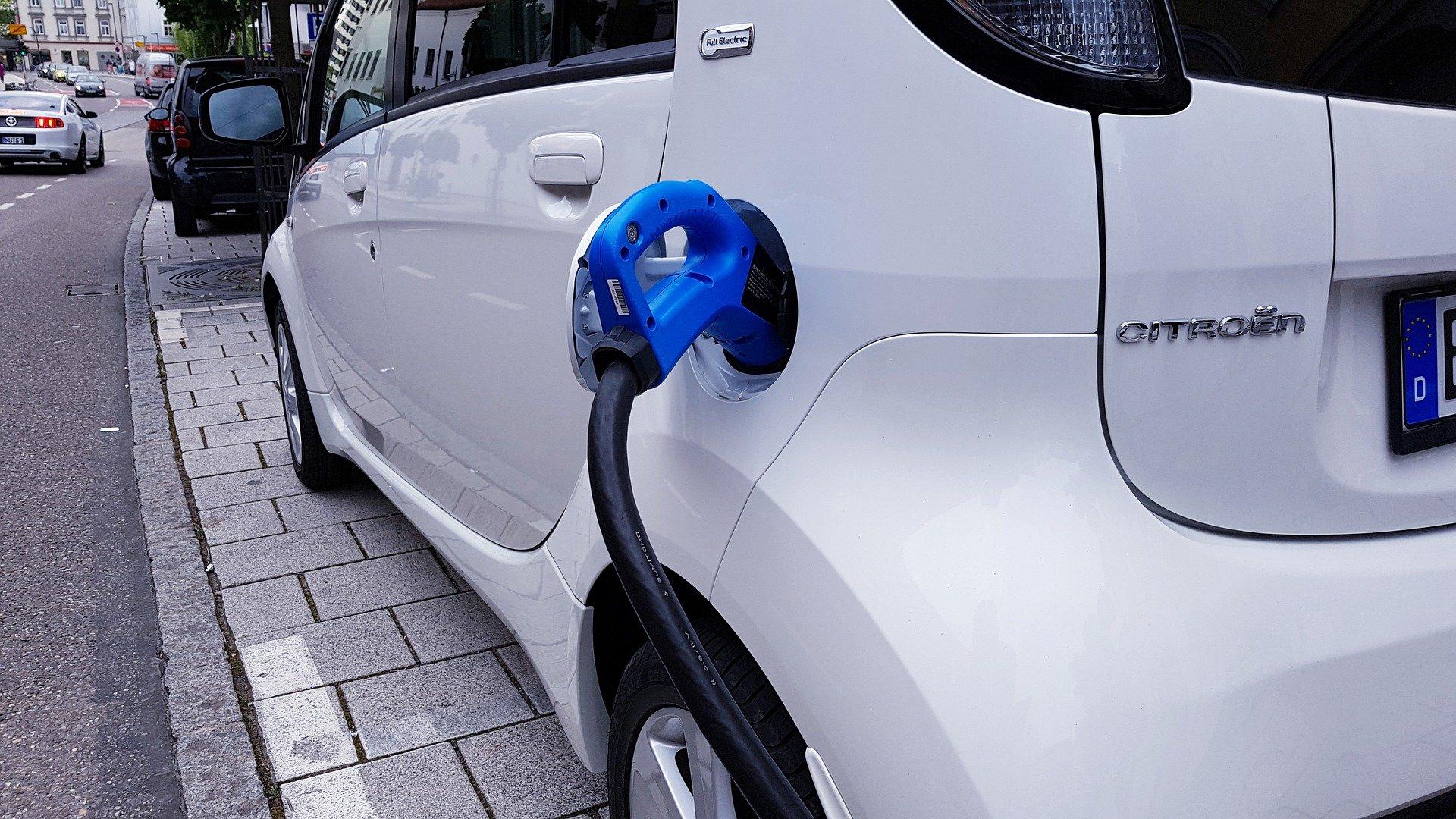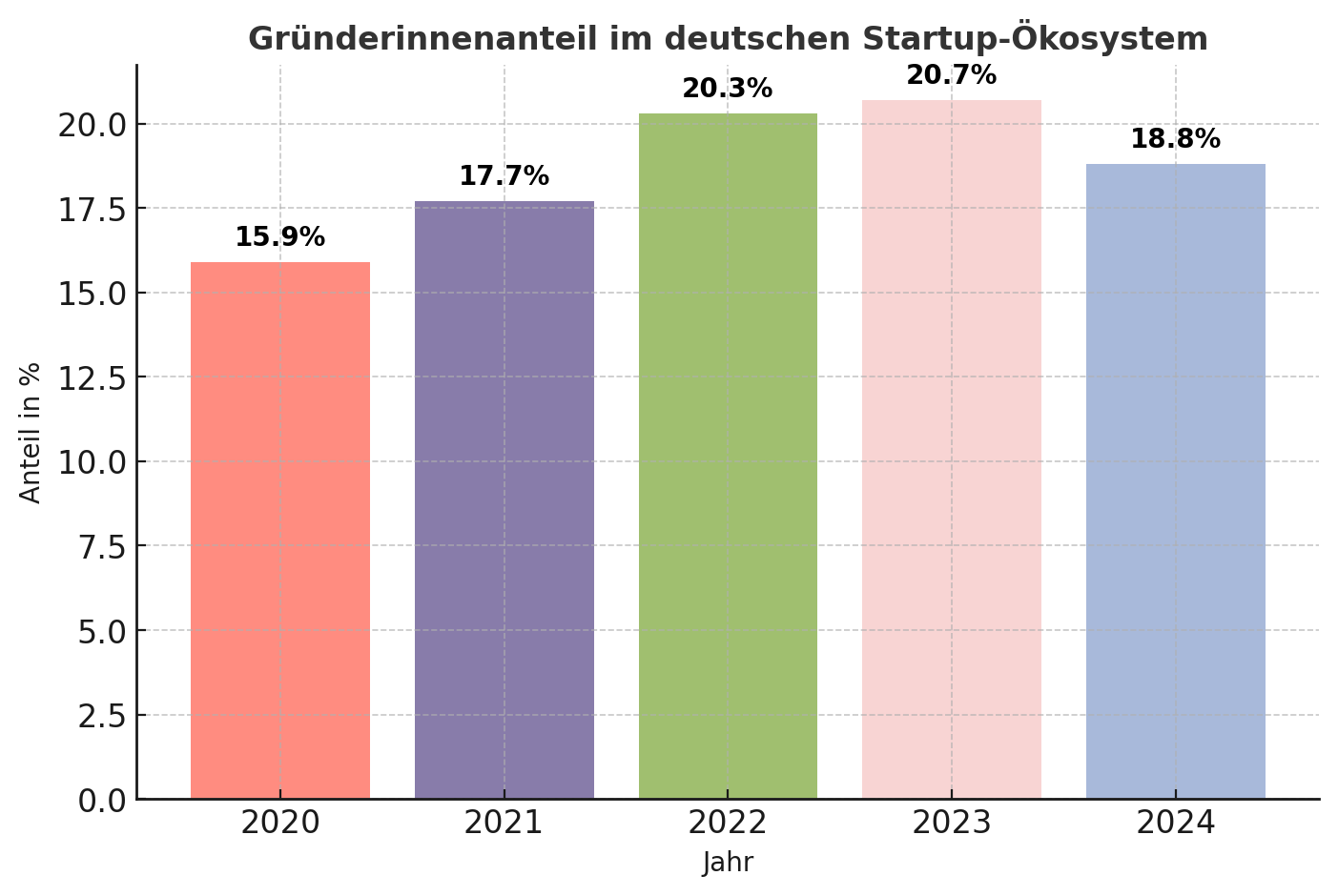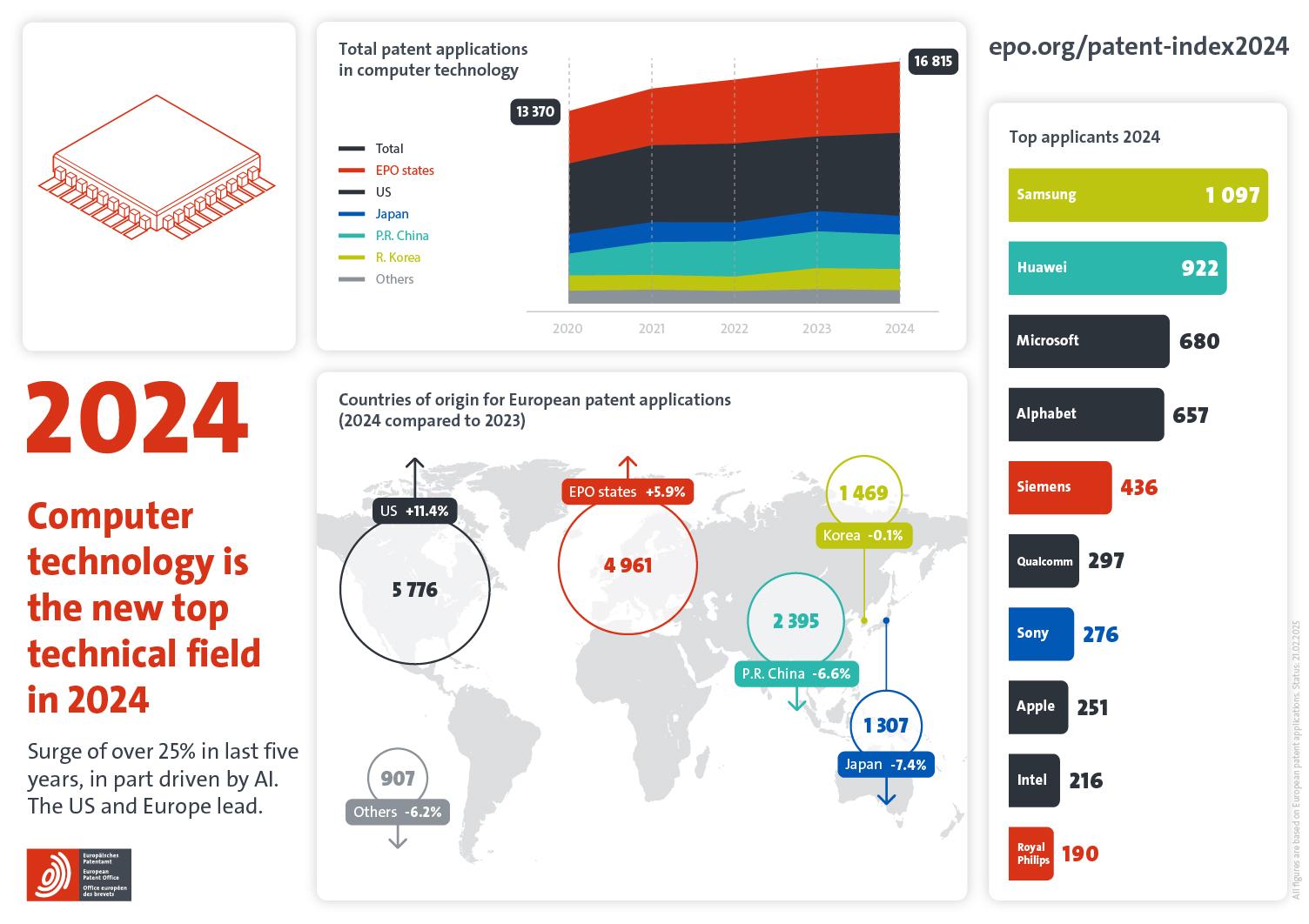Sion from Sono Motors in the test
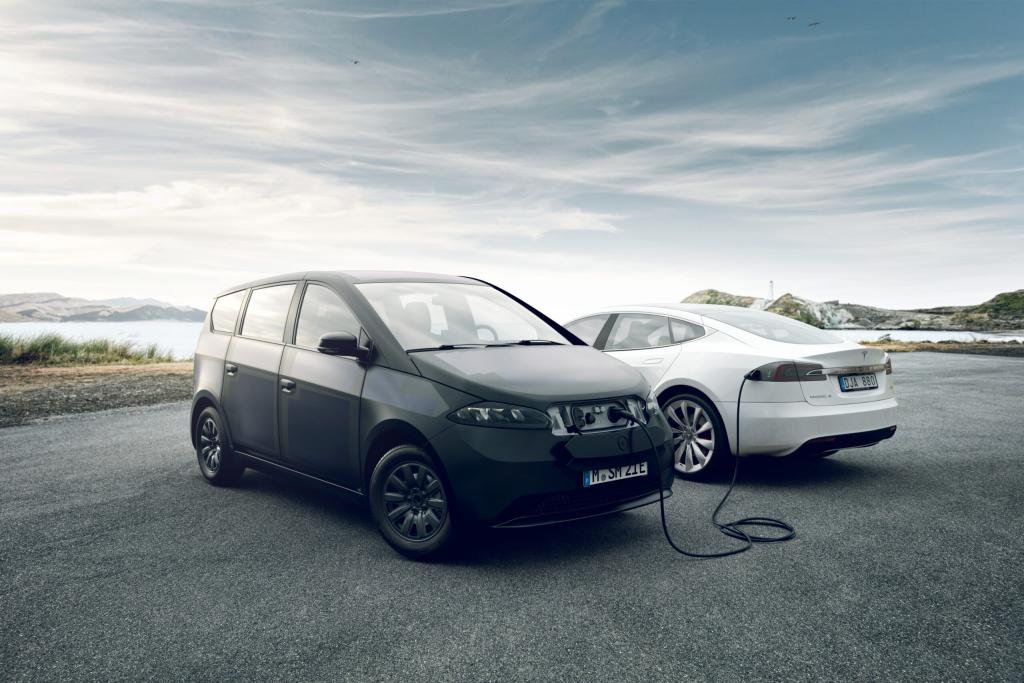
The Sion is expected to cost 25,500 euros. How the electric car performs in the Startbase test.
People could have a Ford in any color, as founder Henry Ford once said at the beginning of the 20th century, "as long as it's black". He is said to have sold 15 million cars by 1927, and the Model T was in greater demand than almost any other vehicle at the time. At least as far as the choice of colors is concerned, the Munich-based start-up Sono Motors is doing the same as the US American. The Sion, as they call their electric car, which is equipped with solar cells for charging, will only be available in matt black, with just a single trim level. However, they did not decide this alone in Munich; the start-up regularly involves the community.
If everything goes as Sono Motors envisages, the company could perhaps deliver the first electric cars by the end of 2023. They are charged via the charging station or the solar cells on the car. This makes the vehicle significantly more sustainable than conventional electric cars. The finished car will have a range of up to 305 kilometers even without solar support, the maximum speed is 140 kilometers per hour and the finished Sion will cost 25,500 euros.
For this summer, Sono Motors has launched a major community tour, probably also to say "thank you". Because when an investor suddenly dropped out at the end of 2019, the start-up was still in danger of running out of money. With the help of a crowdfunding campaign and its backers, the company was able to save itself again. 53 million euros were raised at the time. A further round of financing later, it seems that the start-up is on a firm footing for the time being. Most recently, there were even rumors of an IPO.
The start-up's seven-person event team is currently touring Germany with its two prototypes to date, stopping off in ten cities, usually for two days at a time. The young company wants to show how far it has already come with the development of its own car. Interested parties can sit in the car and often take a short test drive in a parking lot; a small wristband is also available as a gift.
The Startbase test has already shown that many things already work very well, and anyone who sits behind the wheel will already get a good impression of what driving the final car should feel like. However, there is still some way to go before the car is approved for road use.
The view from the outside
The start-up has fitted a total of 248 solar cells to the outside of its Sion. They are distributed over the sides, the roof, the hood and the trunk lid. Sono Motors promises that they can generate a peak value of up to 1.2 kilowatts. That would be enough to drive the Sion up to 245 kilometers per week on solar energy. Depending on the position of the sun, the cells shimmer out from under the matt black paint. According to the company, a scratch cannot harm them. And even if one solar cell fails, this should not affect the others.
Like its previous prototypes, the finished Sion is a minivan - and also looks like one from the outside: The trunk lid is completely flat. The rear window is quite small, also to provide more space for the solar cells. The hood is quite short. The simplicity that the start-up prides itself on is therefore already apparent from the outside. The car will stand out just as little in city traffic as all the other small family cars.
The interior is spartan
There is currently not even a start button for the Sion. However, the start-up promises that this is still to come, as the request came from the community. There aren't too many buttons in the car anyway, whose fabric upholstery is naturally gray to black. Leather seats would be out of the question, at most artificial leather: the company wants to be as vegan as possible. The Sion is primarily intended as a city car for the family, but it might also be something for a craftsman. There is plenty of space in the seats.
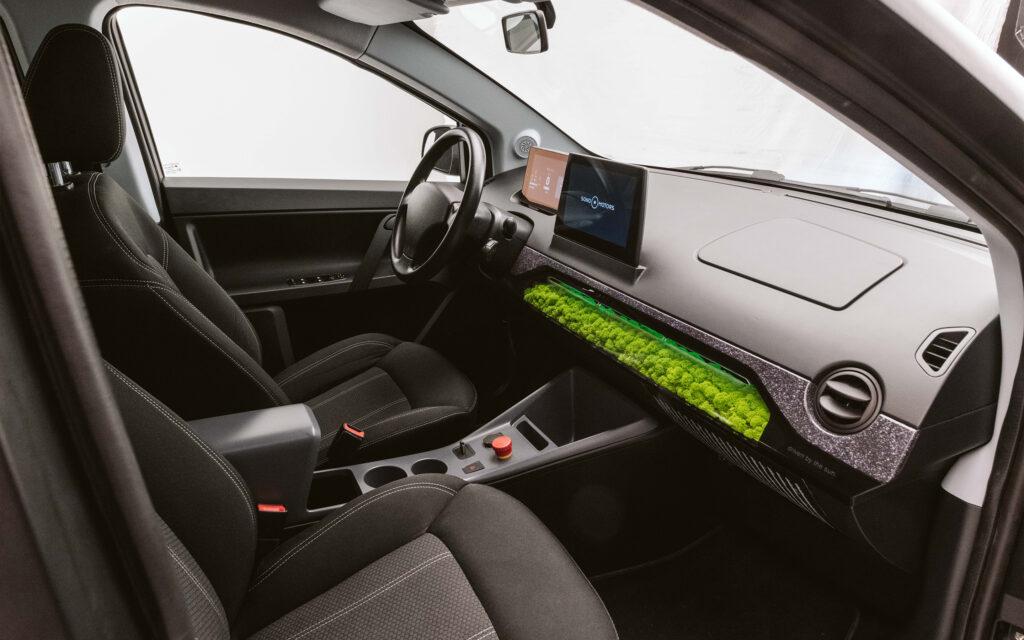
In the middle is a touch display that can be used to select the radio, set up the connection with the smartphone and show which solar cell is currently generating how much energy.
The most eye-catching feature is certainly a strip of dead green moss, which is inserted into the front panel behind a window. This can be illuminated in different colors and is intended to support the air filters. It has to be replaced every two years, but according to the start-up, this is easy to do yourself.
You can't do it without your own app
Although the start-up wants to issue a classic car key when it sells its Sion, it relies primarily on the Sono app. This is not only used to open the car. Owners can also offer the electricity generated by the vehicle to others, according to the current plan. For example, anyone who leaves their Sion parked in the sun for a longer period of time has their own little power station, so to speak. There are connections at the front for charging cables for electric cars, as well as a conventional socket.
The Sion is also set to become a community car. Owners can specify which app users are allowed to use their vehicle - and at what price per kilometer. They can also set the area in which the car should be parked at the end. A small private car sharing scheme would therefore be possible.
The driving experience is quite unspectacular
The Sion is likely to be quite a change, especially for those who have never driven an electric car before. The slight jerking that you are used to from petrol cars when the engine is started is completely absent. The car reacts quickly at the start when the pedal is pressed down. However, it takes almost nine seconds to reach 100 kilometers per hour, a speed to which the car could not be driven in the test.
The noise level while driving is still noticeable, the airstream can be heard even at low speeds. The current version of the Sion is therefore likely to be quite loud on the highway. However, Sono Motors still wants to work on the material. In the final car, there should be significantly less ambient noise. The front-wheel drive is also noticeable: if you accelerate hard in bends, you can clearly feel it; the car pulls at the front instead of pushing from behind. All-wheel drive is not planned.
The road to the final Sion
The start-up is planning two more prototypes before it has its finished car. Between 30 and 50 vehicles of the next Sion are already planned. This version will then have to undergo crash tests and various other approval procedures. The start-up wants to use series components for the next prototype. The fourth will then basically be almost the finished version. Sono Motors wants to use it to touch up the last remaining details.

Newsletter
Startups, stories and stats from the German startup ecosystem straight to your inbox. Subscribe with 2 clicks. Noice.
LinkedIn ConnectFYI: English edition available
Hello my friend, have you been stranded on the German edition of Startbase? At least your browser tells us, that you do not speak German - so maybe you would like to switch to the English edition instead?
FYI: Deutsche Edition verfügbar
Hallo mein Freund, du befindest dich auf der Englischen Edition der Startbase und laut deinem Browser sprichst du eigentlich auch Deutsch. Magst du die Sprache wechseln?




